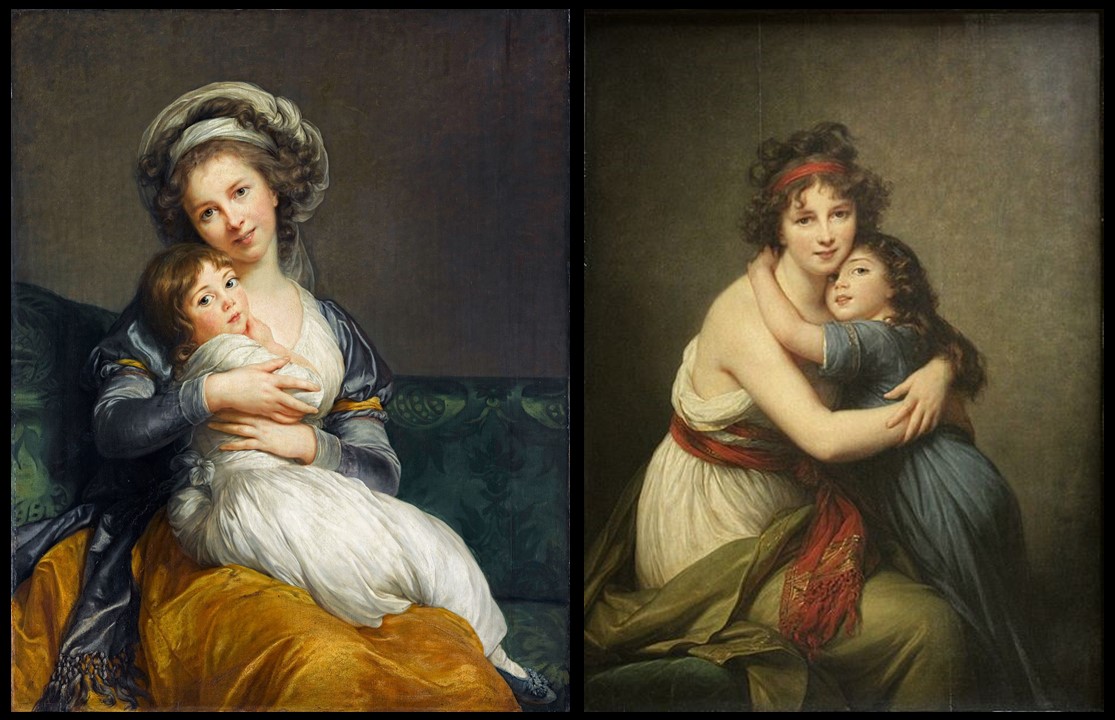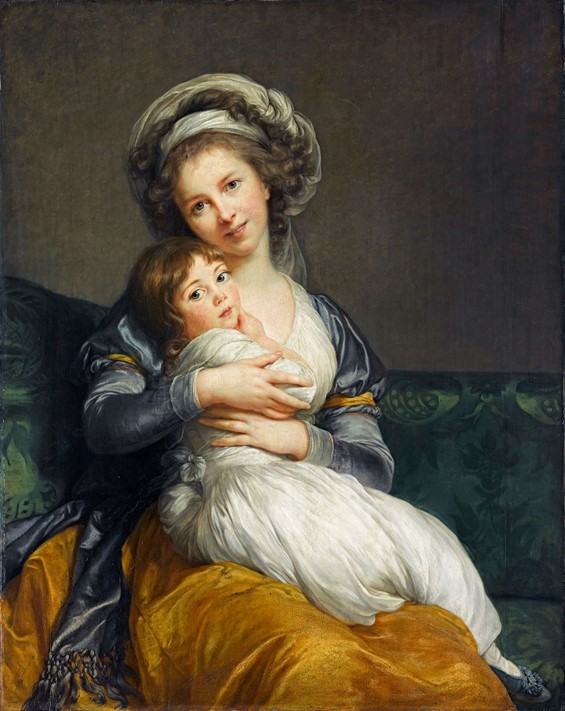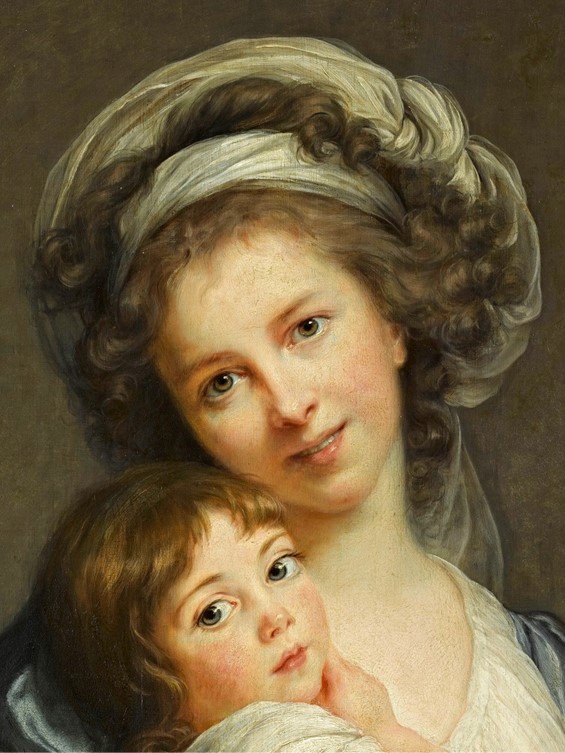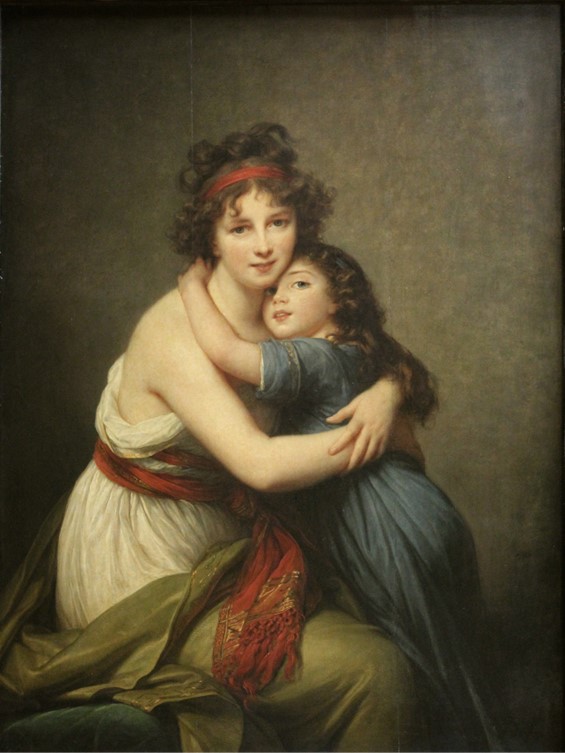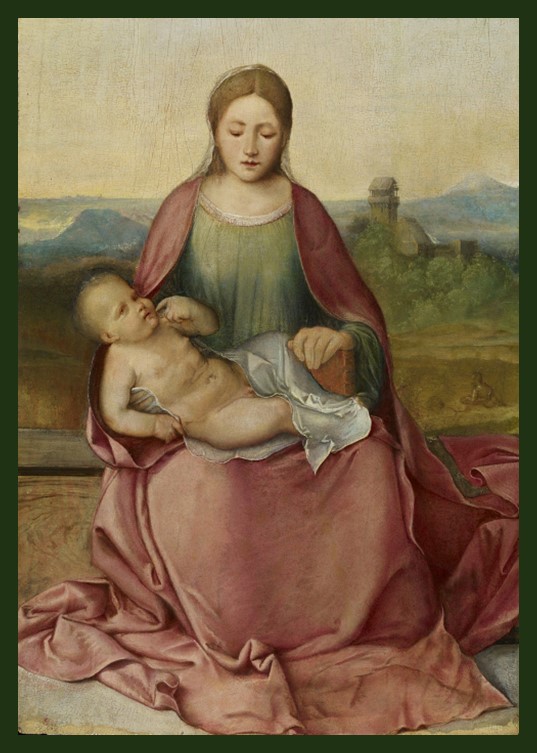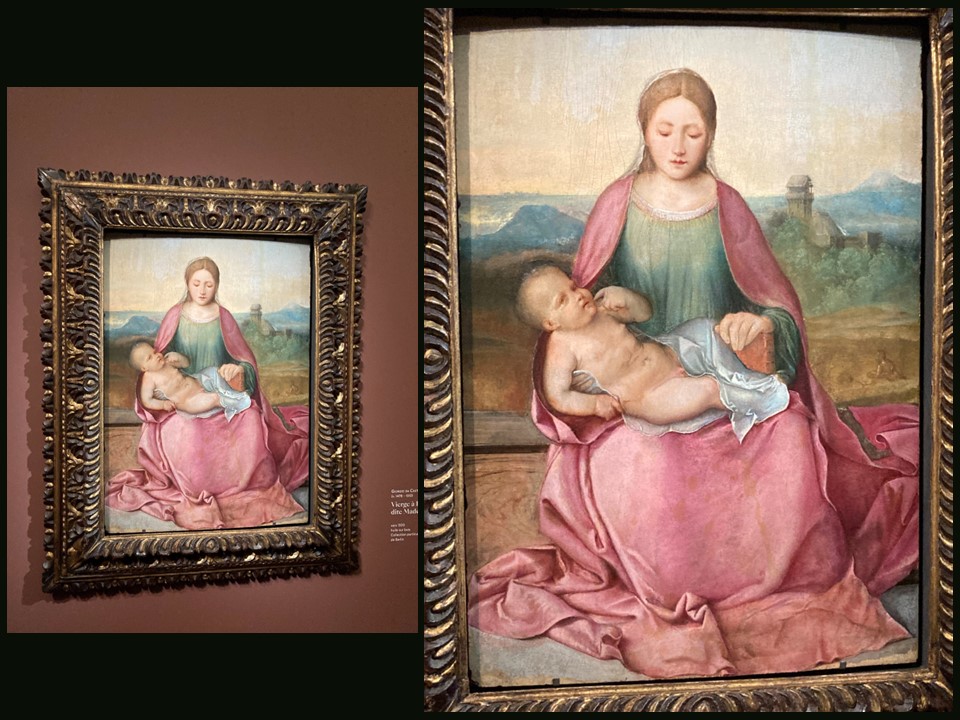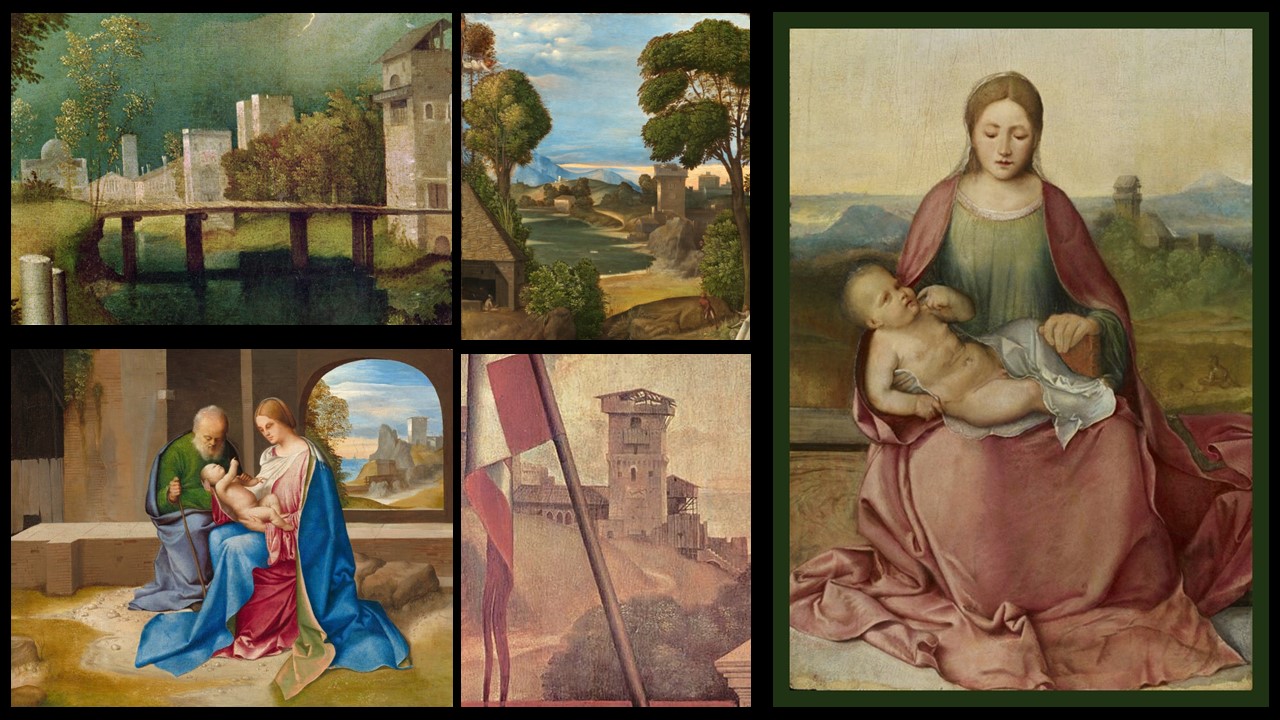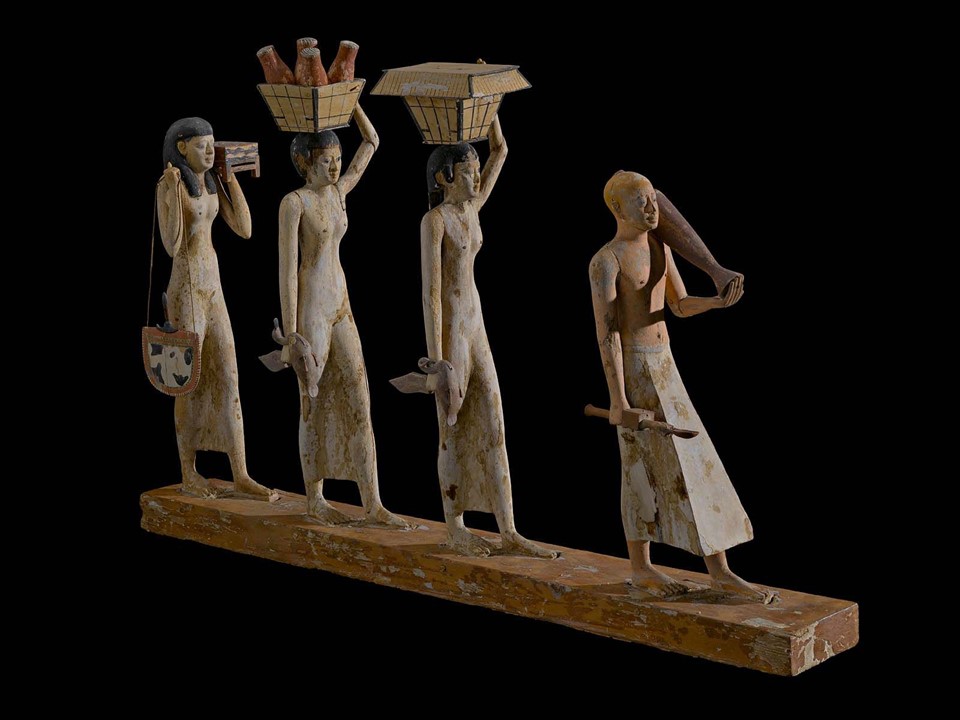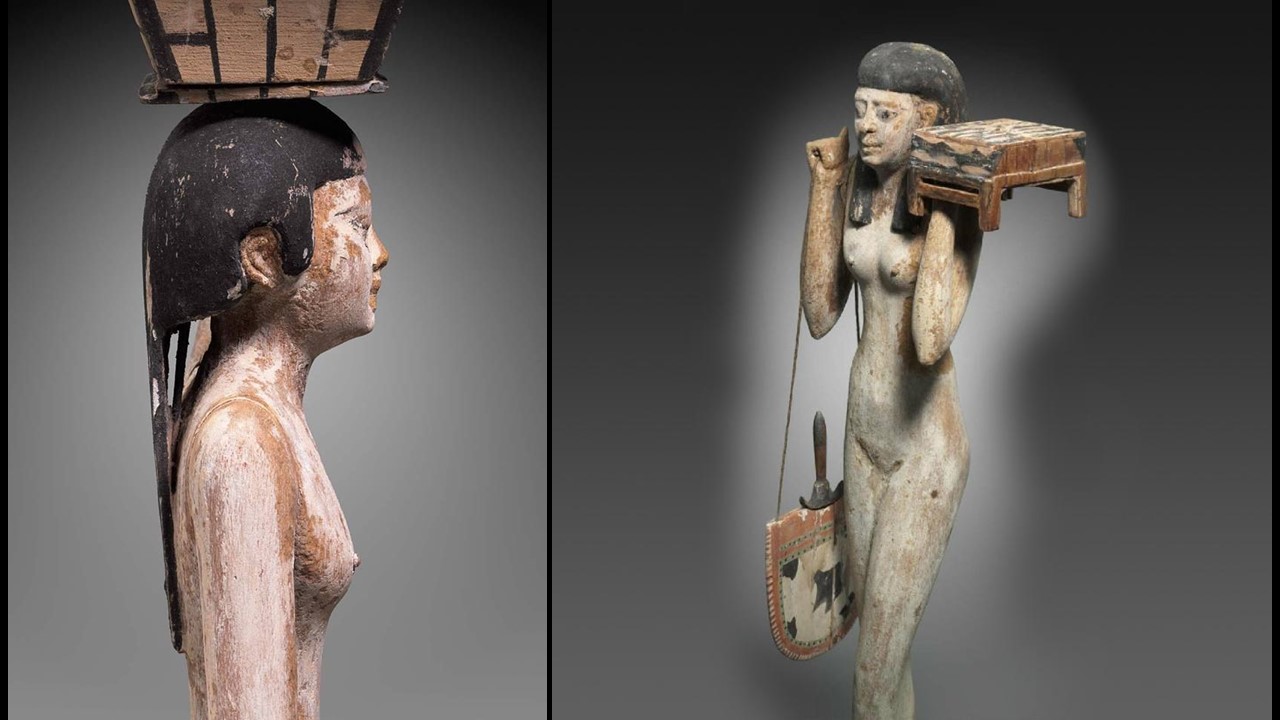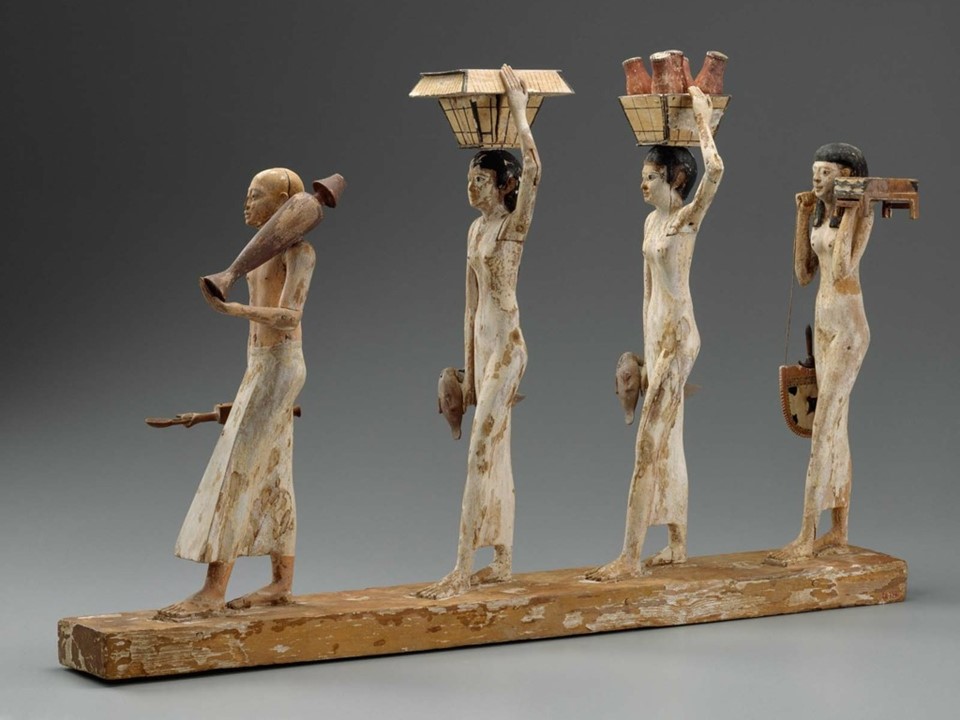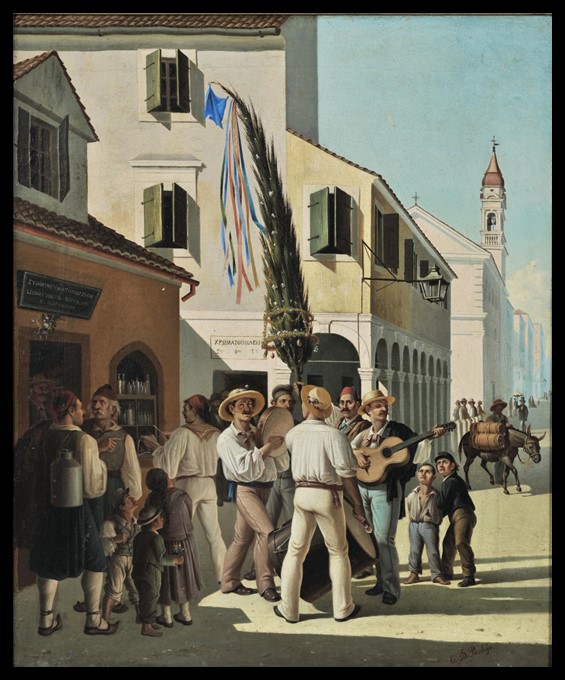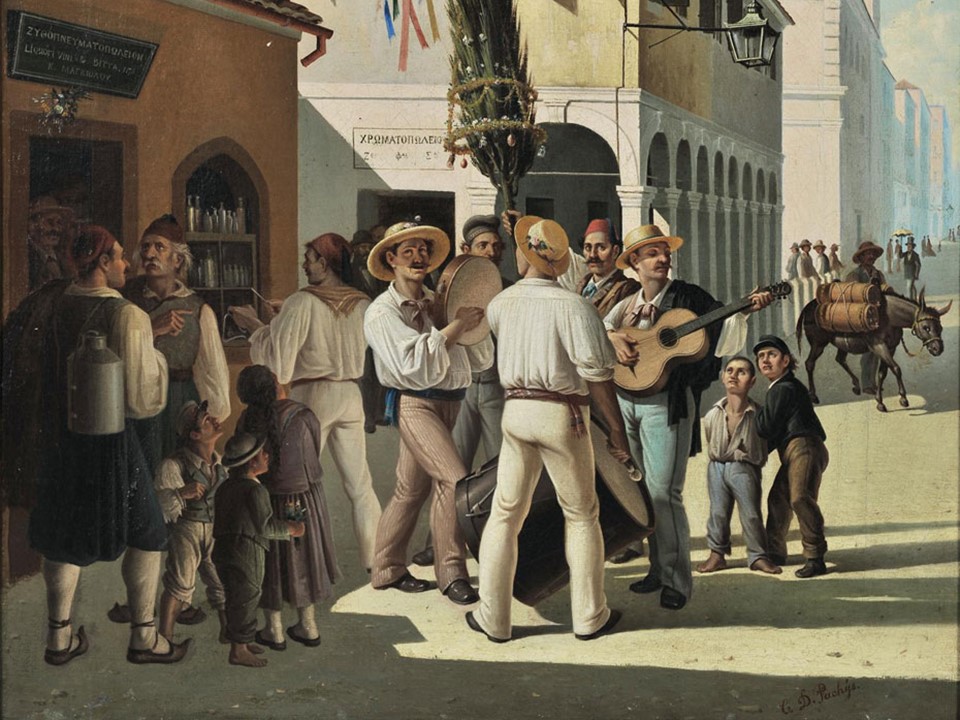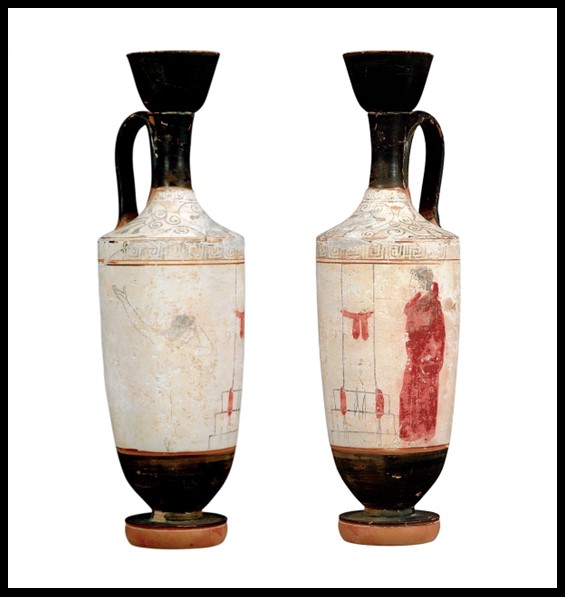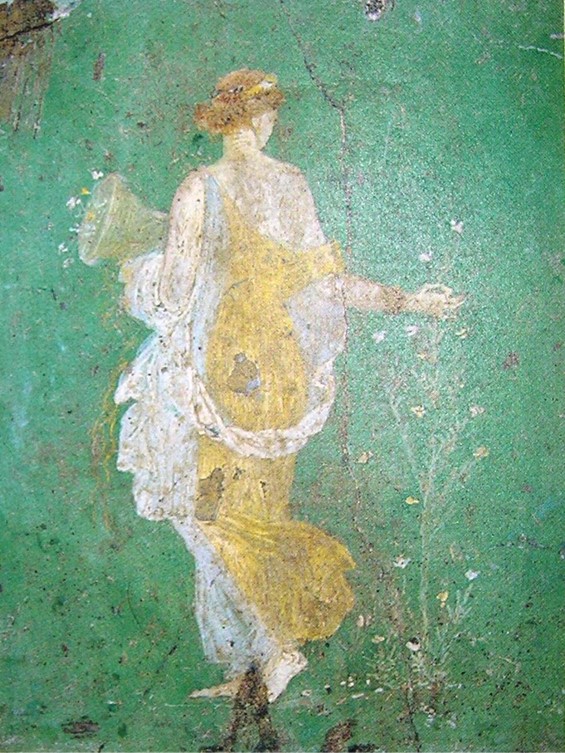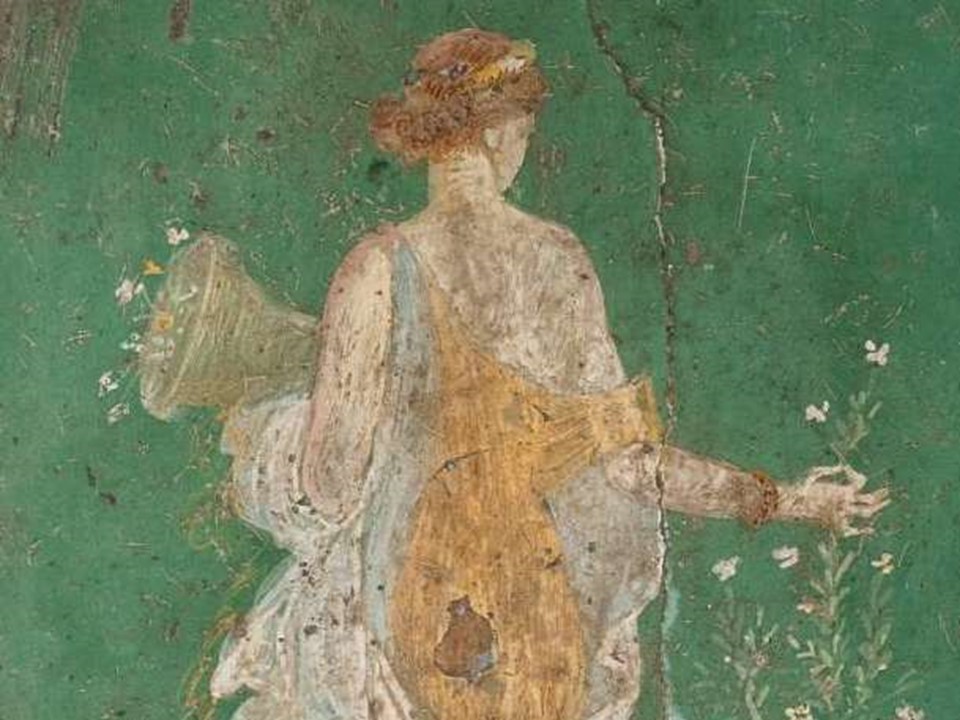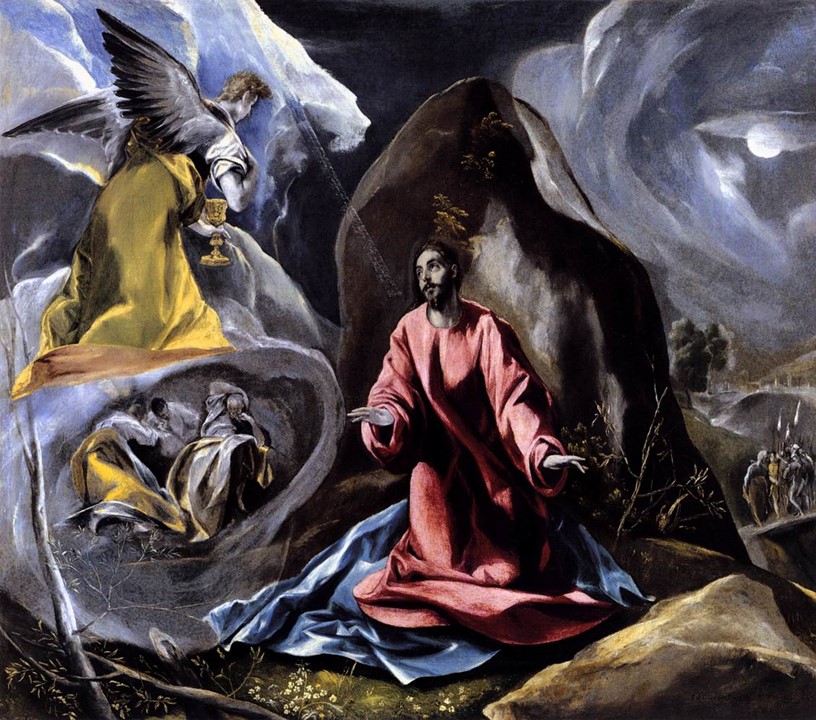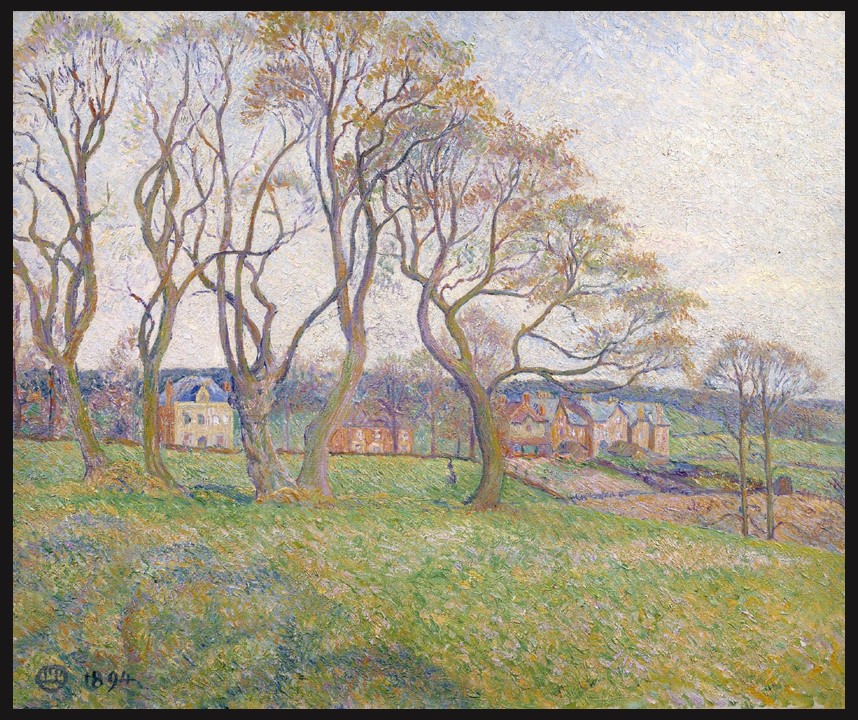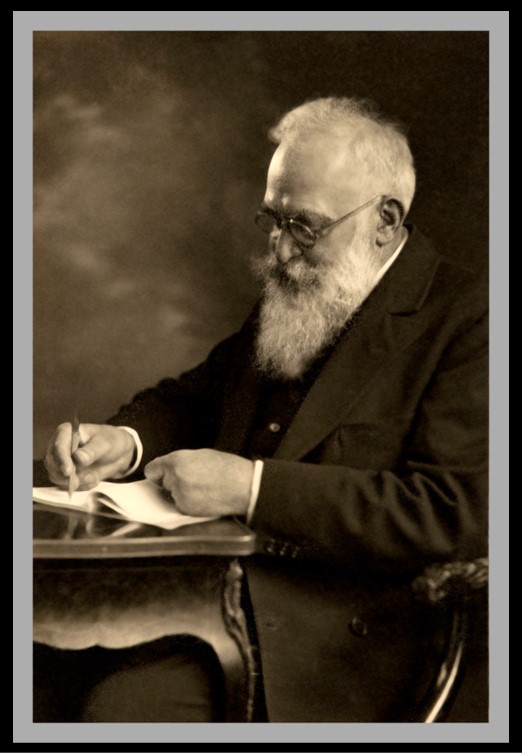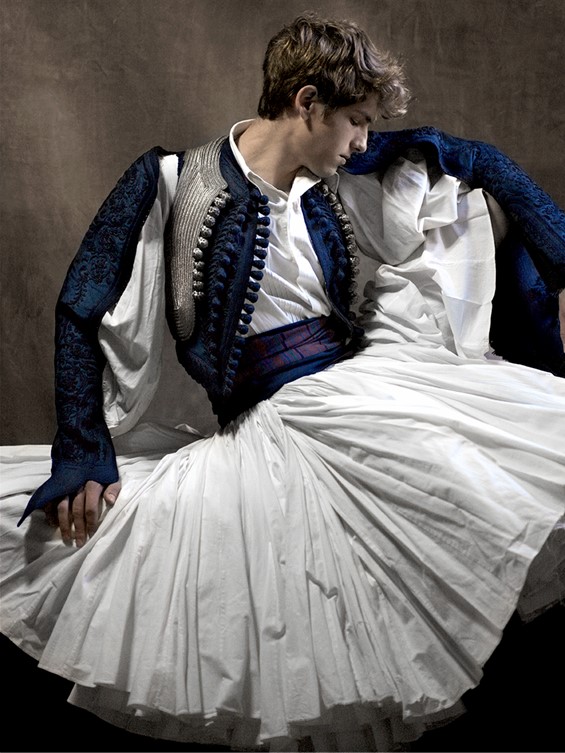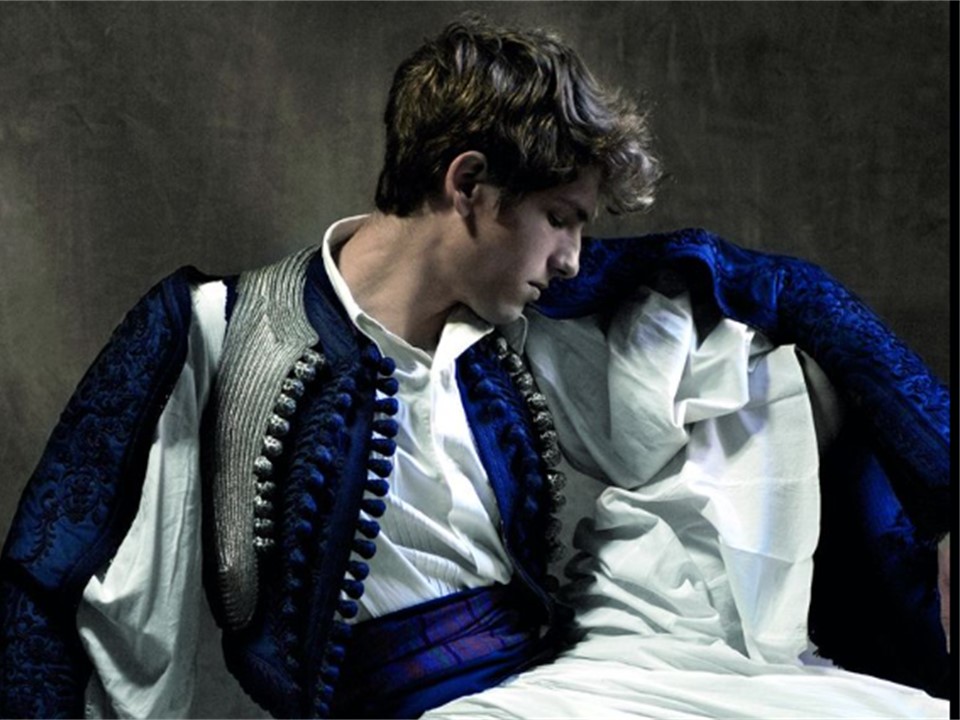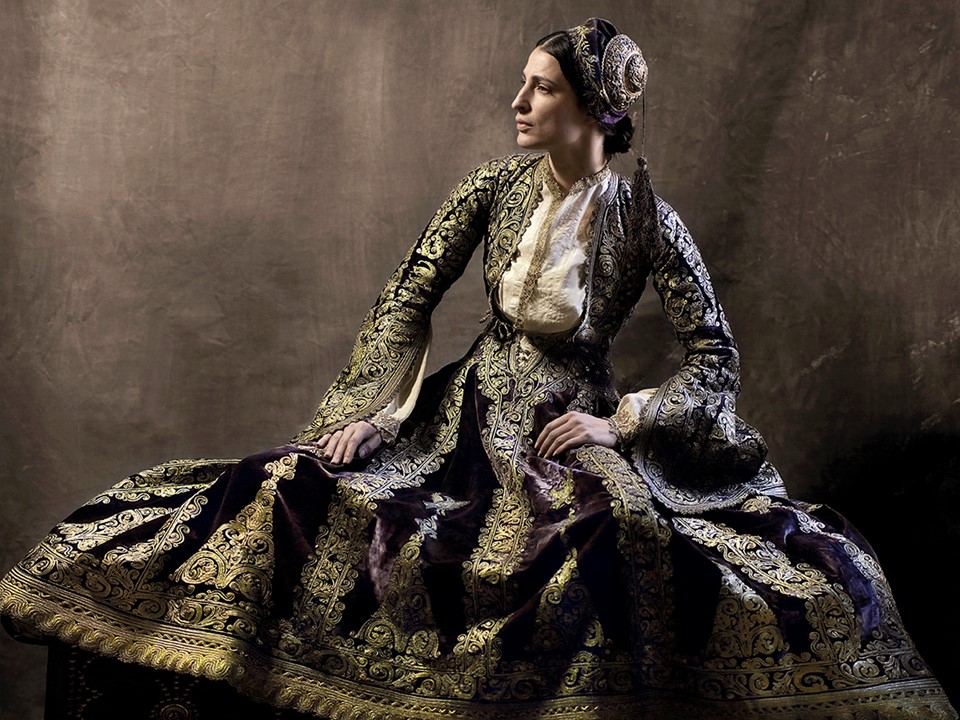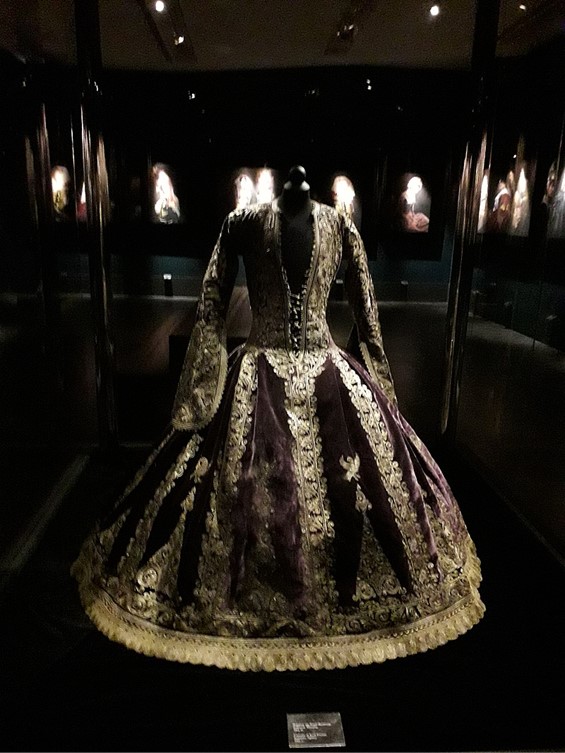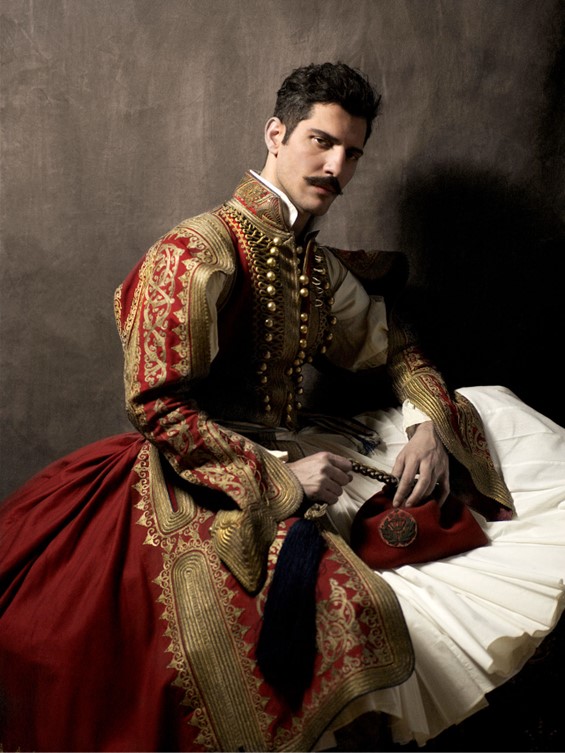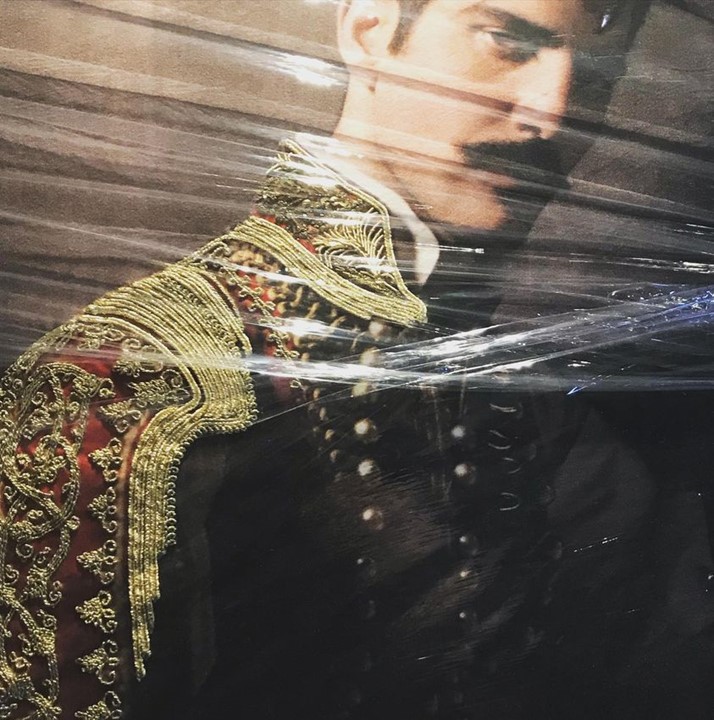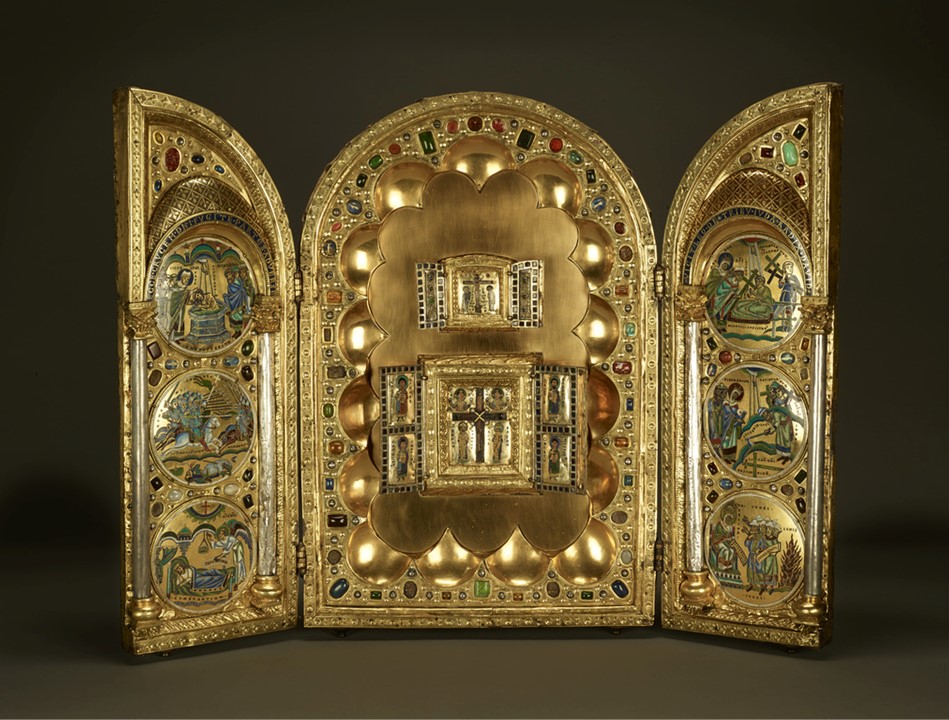
The Stavelot Triptych in the Morgan Library tells us the story of Byzantine and Romanesque Art at its finest. Two worlds united in harmony… brilliant, luxurious, and precious, the triptych in the Morgan Library provides a telling meeting ground for East and West. The Eastern symbolic representation of Constantine and Helena is juxtaposed to the Western narrative mode, and Byzantine liturgy and hagiography (in which Constantine is a Saint) are contrasted with their Western counterparts. Magnificent, skillfully made, and radiant, the Stavelot Triptych is an uncontested masterpiece of the 12th-century Renaissance. The Glory of Byzantium: Art and Culture of the Middle Byzantine Era, A.D. 843–1261, pp. 461-463 by William M. Voelkle https://www.metmuseum.org/art/metpublications/The_Glory_of_Byzantium_Art_and_Culture_of_the_Middle_Byzantine_Era_AD_843_1261
Let’s try to answer some questions, so as to better understand the Stavelot Triptych in the Morgan Library…
Why is this amazing work of art named, the Stavelot Triptych? The Stavelot Triptych is a medieval Christian artwork currently housed in the Morgan Library & Museum in New York City. The name of the piece is derived from two key elements: the town of Stavelot and the art form of a triptych. Stavelot is a town in the Belgian Ardennes where the triptych was originally commissioned for the great imperial Benedictine Stavelot Abbey. This Benedictine monastery was an important religious center in the region, and the artwork was created to serve as a devotional object. The word “triptych” refers to the format of the artwork. A triptych is a three-paneled piece, typically hinged together, with a central panel and two side panels that can be folded inwards. These types of works were often used as altarpieces or portable religious objects in the medieval period.
What is so special about the Stavelot Triptych? This is a luxurious masterpiece of Western medieval art that consists of three triptychs, a greater Mosan triptych of gilded bronze decorated with champlevé enamels, and two Byzantine smaller triptychs, attached in the central panel, decorated with cloisonné enamels. The triptych was created as a reliquary of the True Cross, as it includes fragments of the True Cross. The two Byzantine triptychs and the relics were probably a gift of the Byzantine Emperor Manuel I Komnenos, to Abbot Wibald during the winter of 1155-1156, when Wibald, on a diplomatic mission to Constantinople, acted on behalf of the Holy Roman Emperor Frederick I Barbarossa. The Stavelot Triptych represents a harmonious blend of various artistic styles and techniques, such as Romanesque, Mosan, and Byzantine. This synthesis showcases the cultural exchange and artistic interactions that took place during the Romanesque period, making the triptych a valuable example of the transmission of ideas and skills across different regions.
What is the Date of the Stavelot Triptych? According to the Morgan Library and Museum experts… the Reliquary in the Morgan Library comprises of three Triptychs. The two small ones in the center are Byzantine and date from the late 11th or early 12th century. The larger Triptych which houses the two Byzantine works is Mosan and dates circa 1156-1158. http://corsair.themorgan.org/vwebv/holdingsInfo?bibId=93248
What is the iconographic program of the Stavelot Triptych? Paraphrasing the Morgan Library presentation… The central panel of the Stavelot Triptych contains two Byzantine triptychs decorated with cloisonné enamels. The upper triptych depicts the Annunciation (presented in the outer wings) and the Crucifixion with Mary and John the Evangelist flanking the Cross in the central panel. The lower, larger, triptych depicts the four Evangelists (in the outer wings), four Byzantine military saints (inner sides of the wings – George and Procopius on the left, Theodore and Demetrius on the right), and Constantine and Helena flanking the relics of the True Cross in the central panel beneath busts of the Archangels Gabriel and Michael.
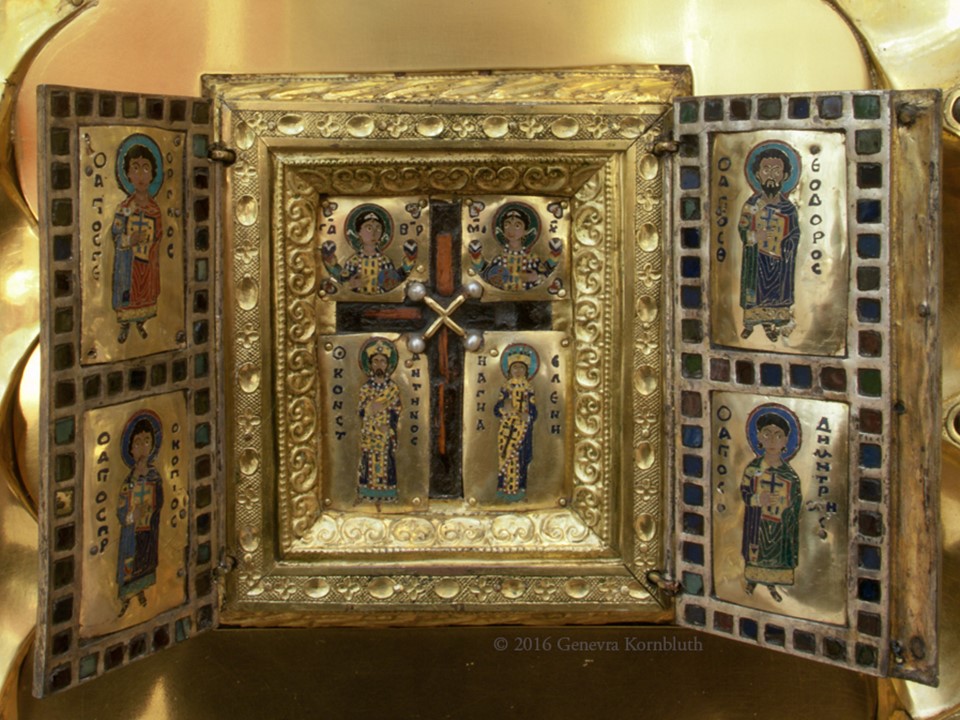
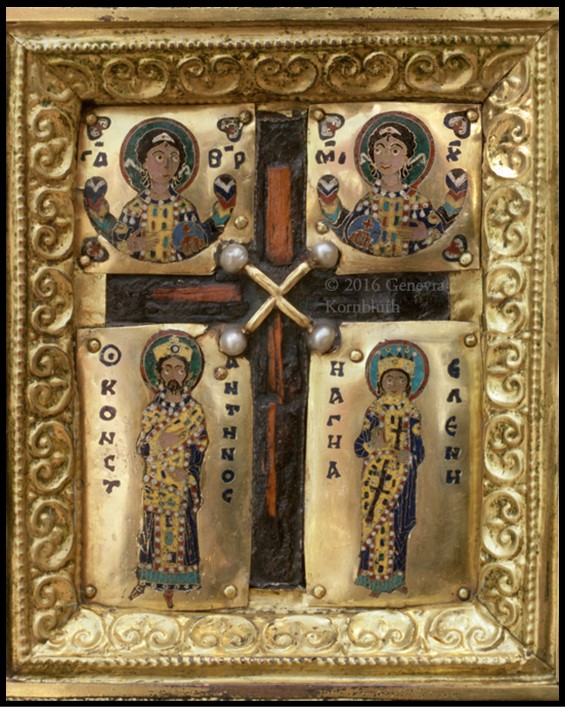
The inner sides of the Romanesque Stavelot Triptych wings contain six champlevé enamel medallions (three in each wing) narrating the legend of the True Cross. The left-wing medallions tell the story of Constantine’s conversion to Christianity. Starting with Constantine’s dream of the Cross, the night before the Battle of the Milvian Bridge, the middle medallion shows Constantine’s victory at the Milvian Bridge, and the upper medallion shows Constantine being baptized just before his death, by Pope Sylvester I. The three medallions on the right wing tell the story of Saint Helena’s discovery of the True Cross. Starting with the bottom medallion, Helena is depicted questioning Jewish leaders. The narration continues with the middle medallion showing Helena watching as servants dig up the Cross on Mount Calvary, and culminates with the upper medallion, and Helena is testing the three crosses on a sick man to find the one True Cross that has the healing powers. http://corsair.themorgan.org/vwebv/holdingsInfo?bibId=93248
In summary, the Stavelot Triptych is important in art history due to its synthesis of various artistic styles, exceptional craftsmanship, religious significance, and its role in the preservation of medieval art. It provides insight into the artistic and cultural landscape of the 12th century and serves as a testament to the skill and creativity of the artists who produced it.
For a Student Activity on the Stavelot Triptych in the Morgan Library, please… Check HERE!
